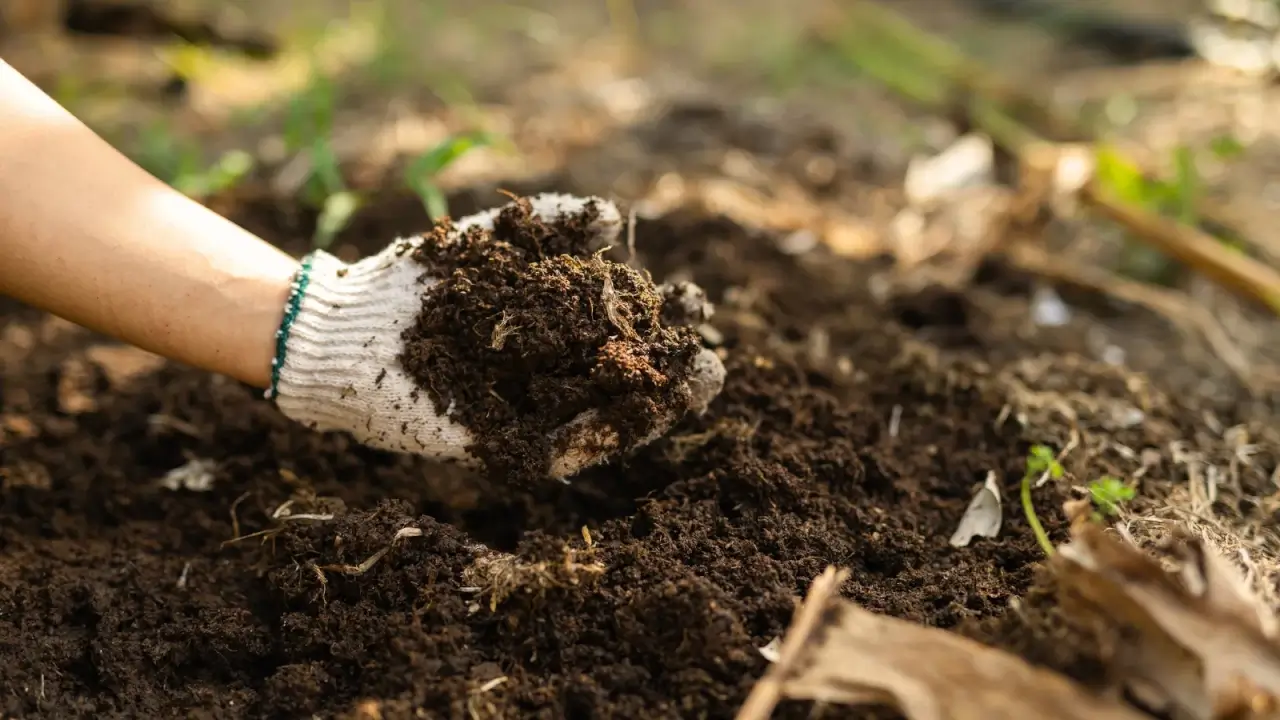
"After reaping the rewards of their hard labor during harvest, farmers have one last critical step to close out the season: ensuring soil health for spring. Amending after fall harvest is ideal because it gives nutrients time to take effect. If applying amendments in the fall doesn't work for your farm, after the spring harvest works, too. Just before harvest, do a soil test to determine what nutrients are present."
"Then, compare that to your planned crops. Knowing what they need ahead of their growing season is important for a healthy crop and for your bottom line. You don't want to waste your time or space on subpar harvests. If it's not already part of your routine in your fields, make time for it! You'll learn more about your land in the process, ensuring a better yield as the seasons go on."
Amending soil after harvest restores depleted nutrients and improves soil structure ahead of spring planting. Conduct a soil test just before harvest to identify existing nutrient levels and compare them to crop needs to guide amendment choices and avoid wasted effort. Fall applications allow nutrients and texture improvements time to take effect, but post-spring amendments are an alternative if fall timing is impractical. Heavy-feeding crops like tomatoes, greens, and potatoes remove large nutrient quantities, so replenishment supports following crops. Non-nutrient amendments such as grit, perlite, vermiculite, and peat moss enhance tilth and prevent compaction and erosion.
Read at Modern Farmer
Unable to calculate read time
Collection
[
|
...
]